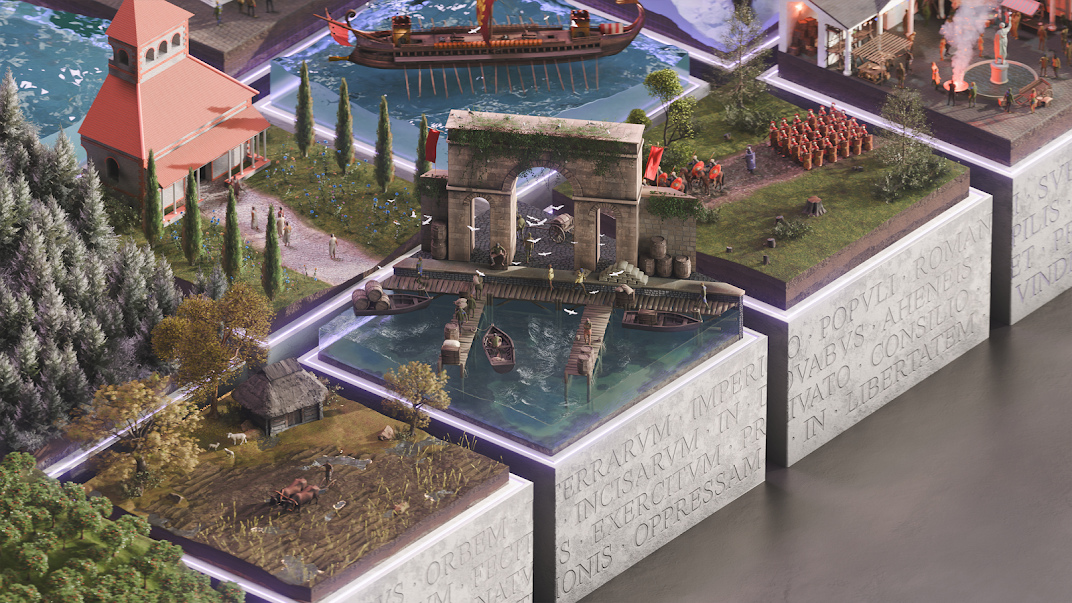Google Deepmind's Aeneas AI helps historians quickly restore and interpret Roman inscriptions

Key Points
- Google Deepmind and several universities have introduced Aeneas, an AI model designed to restore, date, and analyze fragmented Latin inscriptions, which can instantly find textual and contextual parallels across thousands of ancient Roman texts.
- Aeneas improves on previous models by combining text and image analysis to pinpoint the origin of inscriptions and can restore gaps of unknown length, assigning texts to one of 62 Roman provinces with 72% accuracy and dating them within a 13-year range.
- In trials with 23 historians, the combination of Aeneas's predictions and contextual information sped up research and increased expert confidence, with participants noting that the model revealed new details crucial for restoration and chronological attribution.
A new AI model called Aeneas is designed to help historians restore, date, and contextualize fragmented ancient texts more quickly. Developed in collaboration with several universities, the project was introduced in the journal Nature.
In ancient Rome, writing was everywhere - from imperial monuments to everyday objects. But many of these inscriptions are incomplete, weathered, or deliberately damaged. Reconstructing and interpreting them is slow, painstaking work. Google Deepmind's new model Aeneas aims to speed up this process.
Aeneas was created with researchers from the University of Nottingham, as well as Warwick, Oxford, and the Athens University of Economics and Business. According to Google Deepmind, the model can analyze thousands of Latin inscriptions and instantly identify textual and contextual parallels. To support open research, the team has released an interactive version of Aeneas on predictingthepast.com and published both the code and dataset as open source.
A step beyond previous AI models
Aeneas builds on an earlier model called Ithaca, which focused on Greek inscriptions, but goes a step further. Beyond restoration, it helps with interpretation and historical context. It's also the first model of its kind to process multimodal inputs, combining both text and images of an inscription to pinpoint its geographic origin. Another new feature: Aeneas can fill gaps of unknown length in damaged texts.
According to the Nature paper, Aeneas can assign inscriptions to one of 62 Roman provinces with 72% accuracy and date texts within a 13-year window. When restoring gaps of up to ten characters, its top-20 accuracy is 73%; for gaps of unknown length, it still achieves 58%.
To test Aeneas, researchers applied it to one of Rome's most famous inscriptions: the "Res Gestae Divi Augusti," the record of Emperor Augustus's achievements. The dating of this text has long been debated among historians. Rather than delivering a single answer, Aeneas produced a probability distribution with two peaks: one around 10-1 BCE, and a larger one between 10-20 CE. According to the researchers, the model quantitatively captured the two main scholarly hypotheses, based on subtle linguistic features and historical clues in the text.
Human-AI collaboration in historical research
In a study of human-AI collaboration, 23 historians worked with Aeneas. The best results came when experts combined the model's predictions with its contextual information. Historians reported that Aeneas sped up their work and boosted their confidence with complex tasks. "Aeneas’ parallels completely changed my perception of the inscription," said one anonymous participant. "It noticed details that made all the difference for restoring and chronologically attributing the text."
The team plans to bring the technology behind Aeneas to their existing Greek inscriptions model, Ithaca.
AI News Without the Hype – Curated by Humans
As a THE DECODER subscriber, you get ad-free reading, our weekly AI newsletter, the exclusive "AI Radar" Frontier Report 6× per year, access to comments, and our complete archive.
Subscribe now